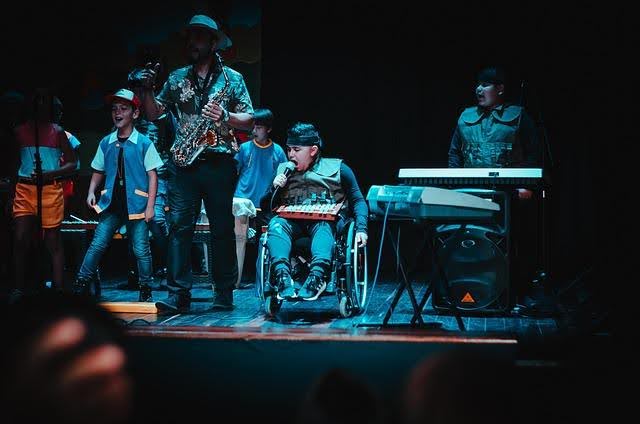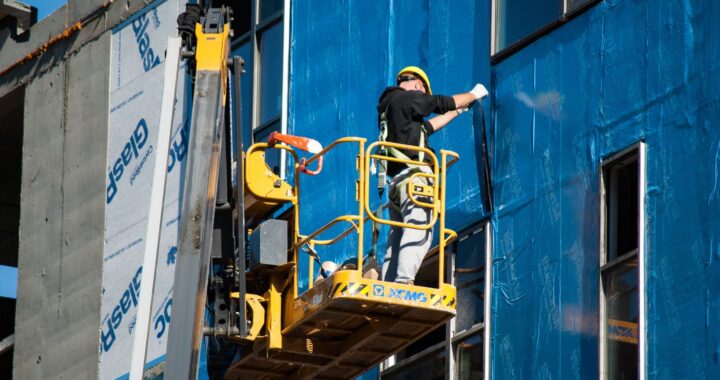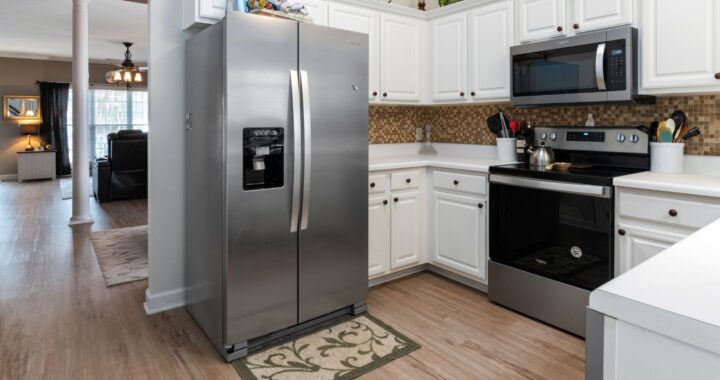The Evolution of Musical Robots in Live Performances

I’ve watched the robot musician stumble in as a gimmick and, almost without ceremony, start acting like a bandmate. Not every night, not every stage, but often enough that I’ve had to eat my earlier skepticism. I used to wince at the stiff timing, the choreographed charm. Wasn’t this trading humanity for a tech demo? These days I hear something else: timing with teeth, phrasing that breathes, and, oddly, an appetite for risk.
History doesn’t quite march in a straight line, yet it offers a spine. Mechanical contraptions in the 18th–20th centuries set foundations, sure, but the last forty years? The tempo quickened. One 2019 historical survey points to 1981, when performers leaned into “robot pop” personas, more theater than autonomy, a cultural wink rather than the real handoff. Back then the promise felt remote. Now it feels reachable, perhaps because the machines don’t just speak; they listen back.
From automata to stage co performers
At first, the machines clicked and sighed on clockwork, and audiences applauded the tinkerer more than the tune. If you trust that same 2019 survey, and I mostly do, 1981 was a marker: mannequins on stage, rehearsed jerks and mechanical flourishes, the human–machine duet acted out more than lived. The show grew flashier while the music still came from people in the booth. Then, gradually, autonomy sneaked in.
By the 2005 World Expo, trumpet-playing humanoids were showing breath control, passable embouchure, and tempo tracking that didn’t disgrace the metronome. Stagecraft started to look like musicianship rather than a science fair. Spectacle was there, like the game of sweet bonanza with blinking lights and pristine timing, but something subtler arrived too. Software began decoding conductor cues, latency slid under 20 ms, give or take, and suddenly the robots weren’t just keeping time. Audiences lifted their heads. They started expecting interplay instead of playback, which, I suspect, surprised even the people who built the rigs.
The leap to autonomy and improvisation
What changed? Perception and prediction finally caught up with the hardware sleeves. A 2021 peer‑reviewed paper on robotic musicianship, one of the sturdier ones, describes systems that map gestures to phrasing, nudge swing feel a couple percent in real time, and shape dynamics with envelopes that, if you squint, sound human. The algorithms don’t merely chase the downbeat anymore. They anticipate, model their bandmates, and occasionally leave a tasteful hole. Improvisation used to mean randomized noodles.
Now, robots infer tonal centers, notice crowd-loudness swells, and aim for a peak around minute three, or seven, when the room asks for it. A tech foresight platform even claims some shows tweak harmonic paths based on live audience signals, blending physical robots with holographic “extras” to thicken the section without more crew. Drummers still call an ending with a glance. Weirdly enough, the machines seem to catch the glance.
Studios stages and the 30 percent threshold

The quiet revolution didn’t start under spotlights; it started under fluorescents. Studio people normalized it. One industry brief floats a 30 percent figure for rooms testing robotics in tracking or session prep. High? Maybe. It’s not far off from what producers tell me about robotic mallet arms hitting micro-grids and lighting rigs that track MIDI velocity one-to-one.
The same brief suggests tour managers now plan load-ins around robot-friendly setups, shaving perhaps 15–20 percent off the clock and freeing techs to, you know, do creative tinkering instead of hauling. Meanwhile, AR pipelines let remote audiences “attend” robot gigs with synchronized haptics, at least, that’s the pitch. What catches me is how fast it all feels ordinary. If the phrasing lands and the tension-release cycle resolves, bar 97, give or take, crowds seem perfectly happy with a steel-fingered guitarist.
Collaboration over replacement
The tone lately is co-creation, not musical chairs. A 2021 study argues for “mutual listening,” with models suggesting ideas and humans curating taste, messy, energetic, alive. Bands run call-and-response drills where robots toss out harmonies most players wouldn’t dare, then ease back the moment a singer stretches the time. Engineers report sub‑10 ms buffers in 2024 rigs, which keeps count‑ins honest and eye contact meaningful. That earlier 2019 survey framed robot bands as feats of stamina and speed. The newer ensembles prize restraint, space, silence. On reliability, my touring notes say two‑hour sets across 18 dates averaged one emergency reboot. In 2012, that would’ve sounded like a joke. Nobody’s laughing now, well, except when the percussionist names the hi-hat actuator.
Live music, in public, negotiates its limits. From the mannequin era of 1981 to the adaptive groups of 2024, the through-line seems simple enough: these systems enhance the show when they learn to yield. Audiences reward risk more than polish, I think; they always have. Looking ahead, studies, briefs, back-of-napkin gossip, all point to tighter trust loops, where cues cross sightlines, audio, haptics, maybe even the room’s air. Authorship blurs. That’s exciting and slightly unnerving. Also, quick practical note before you head out: if your evening brushes up against games of chance before or after the set, keep an eye on yourself. Set limits, step away if the fun goes sideways, and, if it stops being play, ask for help. Balance is the trick, on stage, off stage, human or not quite.

 How to Choose Between Vinyl and Fiber Cement Siding
How to Choose Between Vinyl and Fiber Cement Siding  How Florida Contractors Can Protect Their Business From Subcontractor Accidents
How Florida Contractors Can Protect Their Business From Subcontractor Accidents  Stainless Steel Tables: A Reliable Choice for Cooking and Food Preparation
Stainless Steel Tables: A Reliable Choice for Cooking and Food Preparation